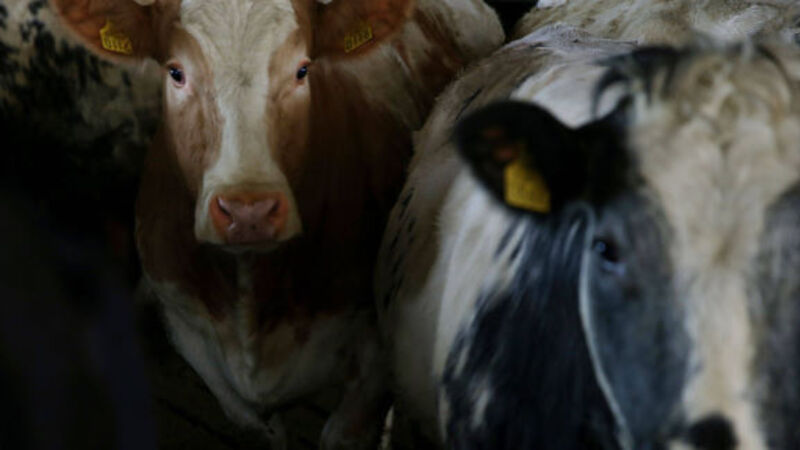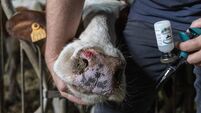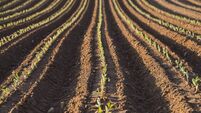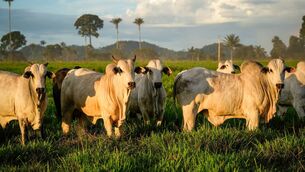Joe Sheehy: Dairy farms still under pressure to deal with rising costs

While milk prices were good, dairy farmers were able to cope with these price rises, but after poor milk prices in 2016 (but with realistic hopes of improved milk prices in 2017), most dairy farmers will be under pressure to deal with rising costs.
Unfortunately, cutting costs on most farms is not straightforward.
Very often, you have to spend more money in one aspect of farming in order to cut back in other costs.
Nowhere is this more clear than in cutting back in unnecessary meal feeding, which generally requires producing and utilising more grass on your farm.
Similarly with herd health, breeding, etc.
By far the best ways to overcome rising costs are to make best use of our natural Irish potential to grow grass, and to have healthy cows that are capable of efficiently converting this grass into milk.
While we have made great strides in developing efficient cows, our efforts of making best use of our grassland fall well short of potential.
Surveys over the past few years indicated the vast potential for increased production that can be got by making better use of our grassland.
For example, the average utilisation of grass on Irish dairy farms, according to the National Farm Survey (NFS), is 6.6 tonnes of dry matter per hectare, while the utilisation by Teagasc researchers at Moorepark is around 12 tonnes per hectare.
Utilisation close to or even exceeding this figure is also being achieved on some top farms, but perhaps not in a bad year, when growth and utilisation is poorer on all farms, and disastrous on wet land.
Utilisation of 11 to 12 tonnes of grass dry matter (which has feed value of €2,500) may not be achieved on all types of land.
But the majority of farmers could increase grass production and utilisation by around 50%, through reseeding, proper fertilisation, good management and facilities, and appropriate stocking rates.
Over 50% of dairy land is seriously deficient in lime, P or K. Lime deficiency is reducing the effectiveness of P, K and N by more than 50% on some farms. Unfortunately, many farmers find it difficult to afford to bring their soil fertility up to proper levels. But neither can they afford not to do so.
Many farmers who are only getting 60% of the potential grass production from their farms are renting land at very high prices.
With opportunities for increasing milk production in future, we are likely to see a vast improvement in grass management and growth, with appropriate stocking rates to best utilise the extra grass.









